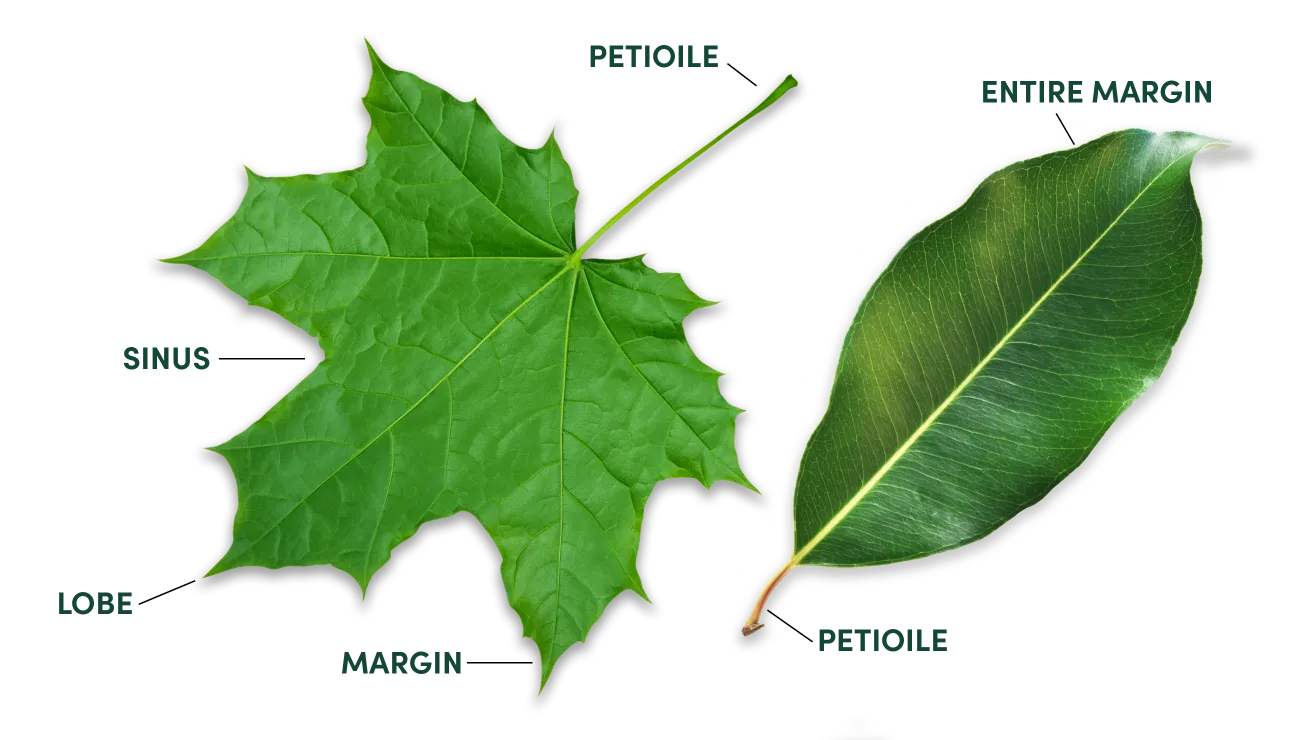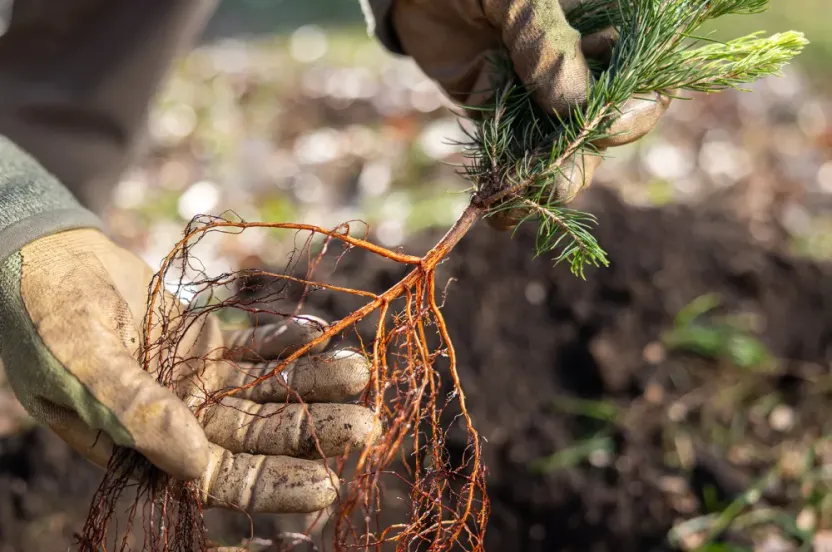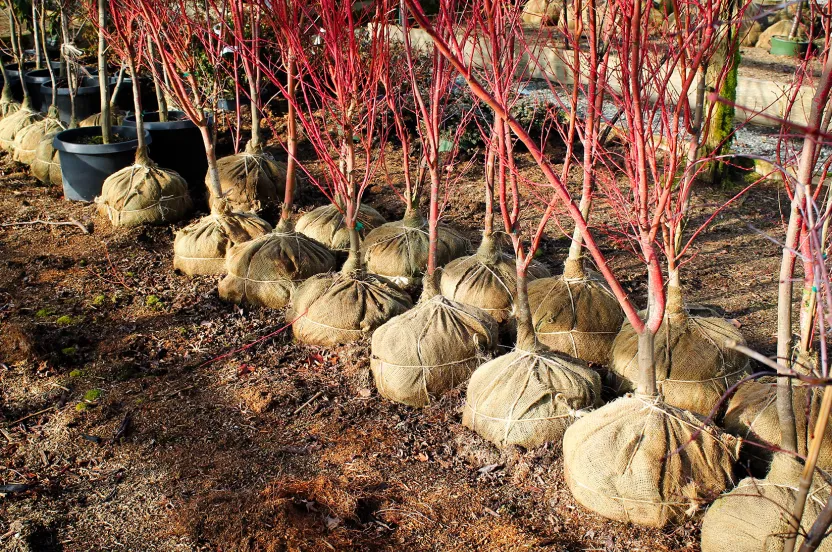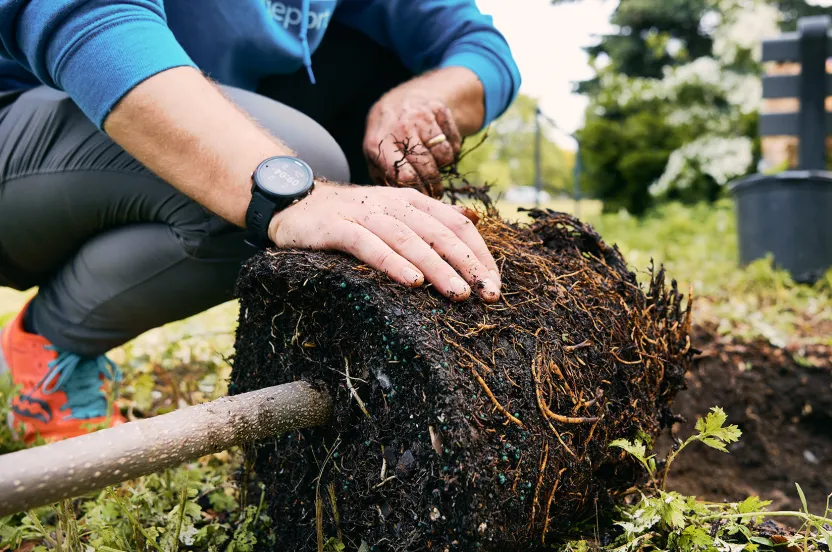Tree Classification
Family
Single or group of genera that closely or uniformly resemble each other in general appearance and technical character.
Example: Aceraceae
Genus
A group of tree species that have fundamental traits in common but that differ in other, lesser characteristics.
Example:
- Maple (Common Name)
- Acer (Scientific Name)
Species
A natural group of trees in the same genus made up of similar individuals.
Example:
- Red Maple (Common Name)
- Acer rubrum (Scientific Name)
Variety
A subdivision of a species having a distinct, though often inconspicuous, difference and breeding true to that difference.
Example: Acer rubrum var. drummondi
Cultivar
A variety, selected for one or more outstanding characteristics, that is being cultivated and usually reproduced by asexual means to preserve genetic makeup.
Example: Acer rubrum 'Autumn Flame'
Superior Selection
Individual trees that display one or more notable, desirable traits (also called superior trees).
Hybrid
A tree that results from mating genetically unlike individuals (can occur in nature or artificially).
Clone
A tree derived vegetatively from one parent, thereby being genetically identical to the parent tree.
Grafting and budding are also reproductive techniques used to develop clones, but complete genetic uniformity is not possible unless root stock is part of the parent material.
The genetic makeup of cultivars are preserved through asexual propagation methods.
Some cultivars are developed from native trees, others from exotics.

Glossary of Tree Terms
acid
Having a pH level below 7.
alkaline
Having a pH level above 7.
allelopathy
The suppression of growth of one plant species by another due to the release of toxic substances.
alternate
Leaves that are staggered, not placed directly across from each other on the twig.
anthracnose
A group of fungi that cause dieback and sometimes death to various species such as dogwoods, sycamores, oaks and maples.
blade
The flat part of a leaf or leaflet, characteristic of broadleaf trees.
bract
A modified leaf that bears a flower.
broadleaf
A tree with leaves that are flat and thin, and generally shed annually.
bud scar
The marks remaining after bud scales drop in the spring.
clingstone
Any of various stone fruits (such as some peaches or plums) with flesh that adheres strongly to the pit.
compound leaf
A leaf with more than one blade. All blades are attached to a single leaf stem. Where the leaf stem attaches to the twig, there is a bud.
conifer
A cone-bearing tree.
cross-pollination
Fertilization between genetically compatible trees for better fruit, often resulting in superior offspring.
crown
The head of foliage of a tree or shrub. This is the form or shape of the tree.
deciduous
A tree that shed all leaves annually.
entire
A leaf margin with smooth, untoothed edges.
evergreen
A tree with needles or leaves that remain alive and on the tree through the winter and into the next growing season.
exfoliate
Peeling in shreds or thin layers, as bark from a tree.
freestone
A fruit stone to which the flesh does not cling.
habit
The general mode of plant growth. Used to describe the overall shape of a tree.
hardiness zone
A plant can be expected to grow in the zone's temperature extremes, as determined by the lowest annual temperature. Other conditions such as moisture, soil and wind might affect the availability of individual plants.
knees
The tree trunk in wet conditions exhibits a broad buttress with protrusions from the roots.
leaf scar
The mark left on the twig where the leaf was previously attached.
lobes
Projections that shape a leaf.
margin
The edge of a leaf.
midrib
The primary rib or central vein of a leaf.
native
Inherent and original to a geographic area.
opposite
Two or three leaves that are directly across from each other on the same twig.
palmate
Blades or lobes or veins of the leaf arranged like fingers on the palm of a hand.
persistent
Deciduous leaf blades that remain on the tree for more than a year.
petiole
The leafstalk that connects the blade(s) to the twig.
pH
Acidity or alkalinity ranging from 3 (strongly acid) to 11 (strongly alkaline) with 7 being neutral.
phytoremediation
The use of trees to take up chemicals, binding some of the material in an inert form with the tree, and converting some of it to other substances—possibly even breaking it down into the normal end product of a tree's chemical processes.
pinnate
Blades of lobes or veins of the leaf arranged like vanes of a feather.
pistil
The seed-bearing organ of the flower. The pistil consists of an ovary, stigma and style when present.
pollination
To transfer pollen from the anther of a stamen to the stigma of a pistil, resulting in fertilization. This can occur either on a single plant (self-pollination) or between different plants. Insect pollination and wind pollination are two examples of natural pollination.
reforestation
The planting of forested land that has been lost due to fire, logging, drought, pests or disease to restore beauty to the landscape, provide food and habitat for wildlife and allow recreational activities.
riparian zone
An area of ecological transition between the aquatic zone and the upland zone (e.g., the bank of a river).
rootstock
The root upon which the scion is grafted.
samara
Winged fruit.
scion
The part of the tree that is grafted or budded to rootstock.
self-fertile
Fertile by means of its own pollen. This makes it theoretically possible for both pollen and ovules to unite (with the help of pollinators such as bees) and produce fruit without a second tree being present.
self-pollinating
A self-fertile specimen that does not require pollinators (such as bees) to unite the pollen and ovules.
simple leaf
A single leaf blade with a bud at the base of the leaf stem.
sinus
Indentation between lobes on a leaf.
specimen tree
A tree placed so people can gain the greatest enjoyment for the color, texture, scent or other pleasures it provides.
spurs
Stubby, often sharp twigs.
teeth
Notches on the outer edge of a leaf.
triploid
Having three sets of chromosomes rather than the usual two. As a result, the pollen is sterile.
xeriscape
Saving water while maintaining trees and other plants in the landscape.


